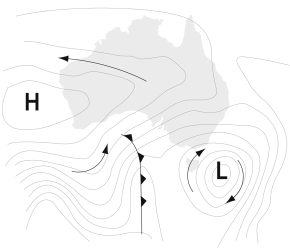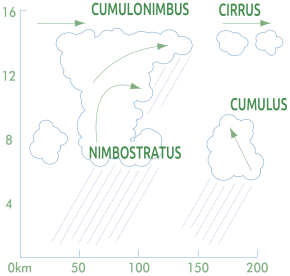Fire Restrictions
The South Australian bushwalking season is from 1 April to 30 November. Fire Bans are issued on days of extreme fire danger. Parks and forests are closed on days of extreme fire danger, please respect these warnings. Fire ban information is available on most weather reports and from National Parks and the Country Fire Service (CFS). The CFS hotline/information number is 1300 362 361.
Bushwalking in South Australia is best done in autumn, winter and spring. We have hot, dry summers that make the bush not only uncomfortable to bushwalk in, but positively dangerous due to the real risk of bushfire.
In the event of fire
If you see smoke while out walking in the bush, leave the area and report it.
While evading, keep to tracks and trails if possible.You will move more quickly and may find help from fire fighters.
Should you be trapped in a bushfire, your two major threats come form radiated heat from the fire, and poor decision making through panic. Try to stay calm to make good decisions. The most intense radiation will only last one or two minutes as the fire front passes.
To maximise your chances, you will have to try to find cover. Cover as much of your exposed skin as possible. Consider sheltering behind or under rocks, trees, ditches, fallen logs or creek washouts. Think about what you are wearing, ensure it is not flammable!
Before the fire arrives, if possible, stock up your water supplies and drink as much as you can. The heat will seriously dehydrate you.Wet a cloth to cover your nose, mouth and eyes from the intense smoke and superheated air.
Do not try to run through flames unless it is small and you are wearing exceptional protective clothing.
Never climb into water tanks. Once immersed in water, the body will quickly absorb heat from the water. If the ambient air temperature is in the high thirties and a bushfire raises the temperature of the water a further ten degrees, the water/body temperature will be deadly.
Remember… Fires burn quickly uphill and on ridgetops, and usually move slowly downhill. OBSERVE FIRE BANS!




